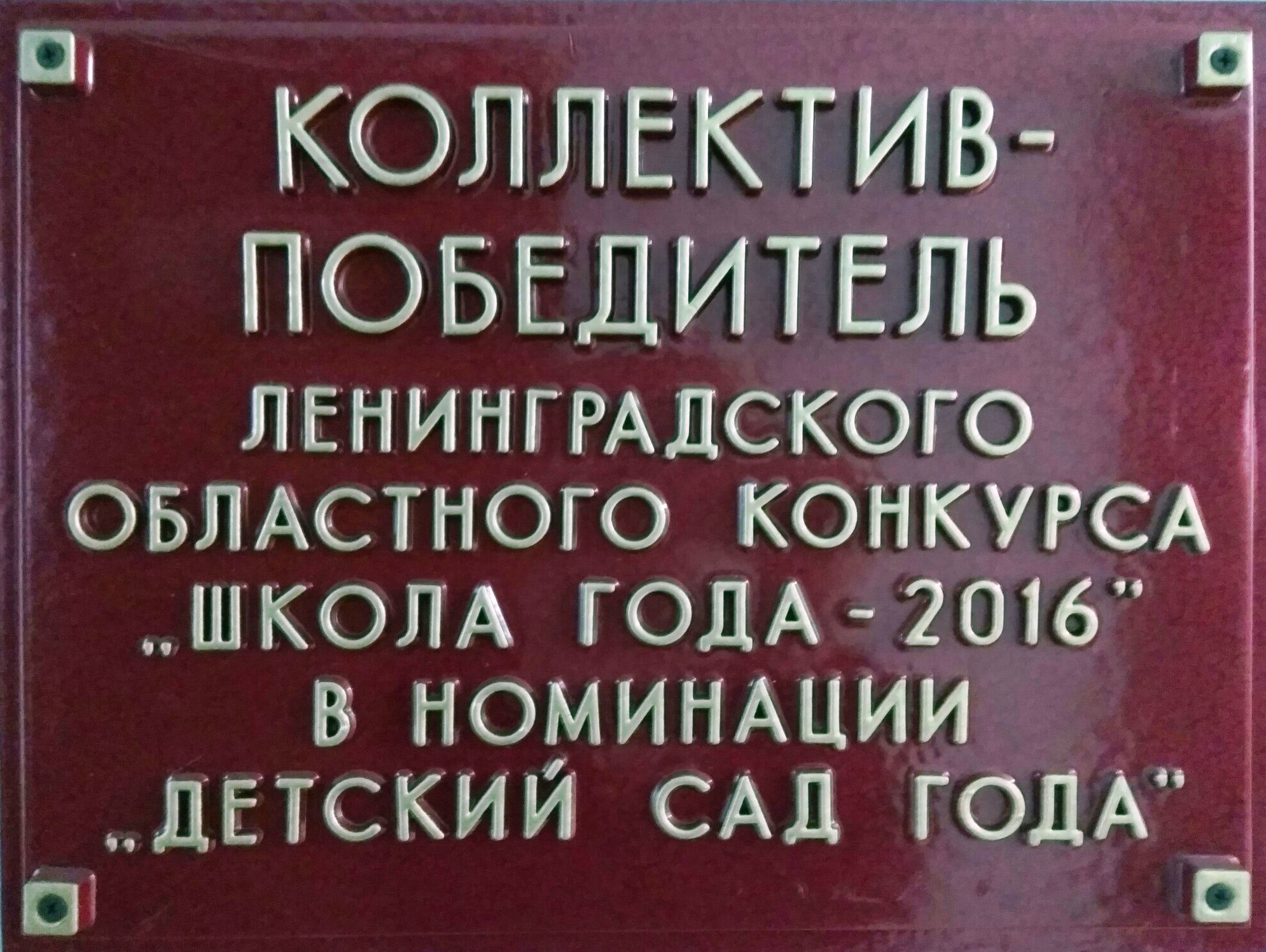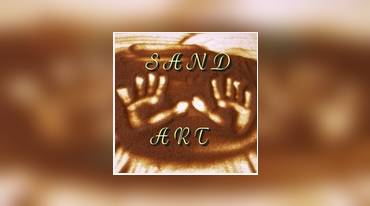Share Now on:
Share Now on:
HTML EMBED:
Bill Bynum, the CEO of Hope Credit Union, has a few striking pictures hung from the walls of his Jackson, Mississippi, workplace.
There’s two of him with U.S. presidents: Barack Obama and Bill Clinton. He recommended them (and George W. Bush) on community development. Bynum has also a picture of a tiny, blue, ramshackle household that he spotted while driving through the Mississippi Delta 1 day. The house’s tin roof is rusted and also the front porch is collapsing. Bynum claims it appears want it should really be bulldozed. Nonetheless it’s someone’s home. He claims the image acts to remind him associated with the credit union’s mission: to get and lend in high-poverty, low-income communities, the sorts of places frequently ignored by big banking institutions.
Bynum’s picture associated with the ramshackle house.
“It is frustrating to push through the Delta and through low-income communities to discover road part after road part, shopping strip after shopping strip plagued by payday loan providers, with check cashers with economic predators, but no bank can be found,” Bynum claims.
It was the difficulty Bynum wished to deal with when he began Hope Credit Union in a tiny space at their church in Jackson two decades ago. The very first users were their parishioners that are fellow. Today, Hope has 31,000 users and almost $300 million in assets. This has expanded through the Southern, targeting communities which have few or no banking institutions.
Bynum and Hope had been invited by a church in brand brand brand New Orleans to start a branch in that town’s Central City community. It launched in December, 2004. During the time, there hadn’t been a bank in Central City for 4o years.
Saundra Reed, whom claims six generations of her household have resided in Central City, is certainly one of a combined band of residents whom pressed desire to start in Central City. Reed features a voice that is soft periodically rises in animated imitations. She states the lack of a bank ended up being keeping Central City residents straight straight back. In wealthier brand New Orleans areas, Reed claims, men and women have relationships with regards to banking institutions.
“They can enter a bank and state, вЂHey, the method that you doin’ Cyrus?’ And Cyrus states, вЂI’m doing good Mr. Joe. I have to speak with that you bit that is little some money.’ And before it is over, it is a handshake and a cigar, and they’re out the door,” Reed claims. “What Hope offered us had been the chance to have that form of individualized relationship.”
After Hurricane Katrina in 2005, Reed took down a mortgage that is second her house or apartment with Hope. Her instantly when she walks in to pay her bill, the man at the counter knows.
“I’m Cyrus,” Reed claims. “And he’s Joe.”
Hope exposed in brand brand brand brand New Orleans eight months before Hurricane Katrina hit the area. The newest Orleans branch escaped harm, both from flooding and from looters. As well as in component, due to its fortune, the credit union’s performance into the months following the storm isn’t without experts. The branch supervisor at that time, Lynnette White-Colin, claims Hope did a best wishes of granting “recovery” loans to those who required lower amounts of cash for fundamental necessities. But she claims Hope had been too sluggish and too conservative at giving bigger, but similarly necessary, loans. In certain cases, White-Colin states, she’d have 30 or 40 mortgage loan applications piled through to her desk.
“i must see these folks every single day,” White-Colin claims of her experience with clients following the storm. “I get into the supermarket and I also see them. We go right to the shopping mall; I visit church, they are seen by me. They entrusted us to simply just just take that loan application, and it’s also taken half a year in addition they still don’t have actually a response. And they are folks who are really creditworthy.” White-Colin left the credit union in 2007.
Bynum claims the reaction to the storm had been bound become unsatisfying to many individuals.
“The degree of destruction, the actual quantity of displacement, the papers that were washed away and torn up following the storm actually managed to make it tough to ensure you get your hands around lots of things that usually an institution that is financial used to learn how to make choices and also make certain it’s not only fulfilling the regulatory needs, but that we’re using our depositors resources in a manner that’s likely to be prudent,” Bynum says.
The chaos in addition to level that is sheer of, Bynum claims, prompted the credit union to develop, expanding from 55 workers to 150 into the 12 months . 5 following the storm. That implied there have been individuals in position once the remaining portion of the nation ended up being struck by an alternate sort tragedy 36 months after Hurricane Katrina: the crisis that is financial.
“All of a rapid, you’d communities which were losing banking institutions in record figures; individuals couldn’t obtain access to banking that is basic,” Bynum says. “We decided we’d utilize the infrastructure and capability we had set up to handle the spread of bank sweets over the South.”
Bynum loves to cite a Bloomberg report from 2013, that found that payday loans online in California, because the recession, 1,800 U.S. bank branches have actually closed. Ninety-three % of these had been in low-income communities.
For the reason that exact same time, Hope Credit Union has tripled in proportions, expanding from seven branches to 24.









